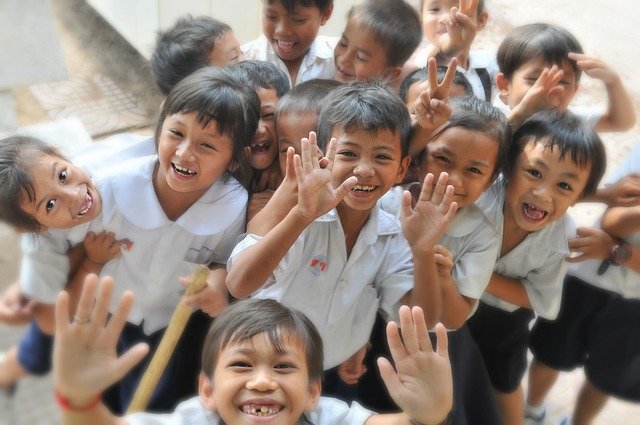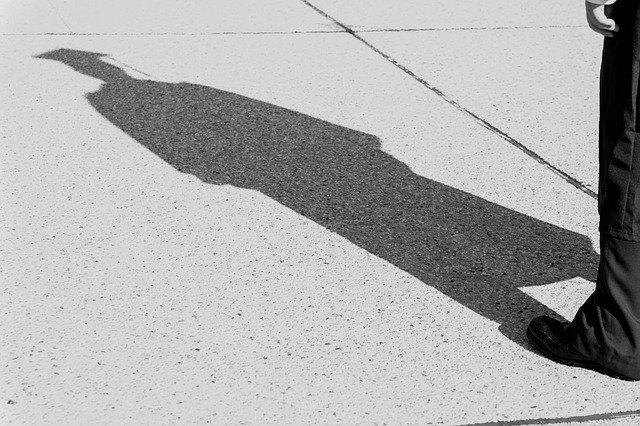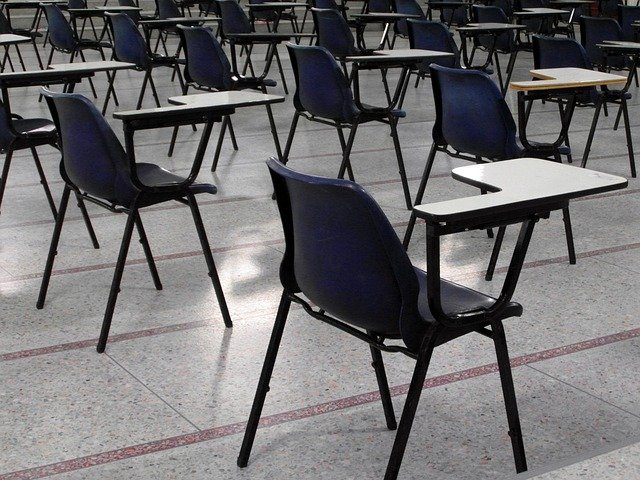This blog post is part of a series of reflections on the Coronavirus / Covid-19 crisis and the immediate transition from my face-to-face courses to online classes.
At the time of writing of this blog post, there are still uncertainties about the start of the new academic year in European business schools and universities.

- The least likely – but not impossible – scenario is a « business as usual » scenario: lecture halls full of students, face-to-face classes, and an open access to school facilities (offices, canteen, library, work rooms).
- At the other extreme of logistical conditions is a scenario of a courses as they were delivered during the Covid-19 containement, i.e. 100% online classes, alongside with all the other dimensions of the academic profession (online tutoring of dissertations, meetings by videoconference, and a lot of e-mail exchanges – much much more than under normal operating conditions).
- And then comes the 3rd way, or rather, all the intermediate ways, consisting of a weighted cocktail of online lecturing and face-to-face courses – with some students being connected online – as well as digitized pre-requisites, all of those operated in a synchronous or asynchronous manner.
At the time of writing, the dice have not been cast, and no doubt that many schools and universities are currently putting a lot of energy and fever, thinking about the organization of the next semester in September. Now, if we take the point of view of the consumer/customer, i.e. the student, what is education?

In other words, what’s in a diploma? What are the components of that piece of paper that Shakespeare (or Humphrey Bogart) might qualify as being of the stuff that dreams are made of?
So, what does a student or a manager look for in an education? In my opinion, 3 different things:
1. Knowledge: delivered by professors & researchers, but also available in textbooks, or co-constructed during group projects. In those processes, we learn, we understand, we develop reflexes (thought and action). It is thus one of the dimensions of the professor’s work to create a consistent pedagogical path, like a game of hopscotch that alternates activities, strong or weak moments and many different bricks, Lego like: examples, concepts, pitfalls, practical applications, discussions, anecdotes, references to current world news, presentations, feedback…
2. Brand & Positioning: Part of the value of the diploma is the business school’s or university’s brand. Some people swear by the rankings, even though rankings have the bad taste of not remaining stable over time, and a school’s good grade might be different, depending on the organization or the newspaper that operates the ranking; other people rely on the long-lasting reputation (La Sorbonne…). In this situation, business schools & universities have taken good care of this intangible asset over the years: there are the leader brands, the ones everyone knows; then there are the specialists, who have managed to create a niche: « the best entrepreneurship training West of Berlin », « the first salesforce school »…
3. Collective experience. An education is not just a set of textbooks stamped with a brand (with a price attached…). Students and managers come to live a collective experience, which takes place outside as well as inside the classrooms. This mix of networking, collective projects and mixing of European and extra-European cultures leads to « thicken the sauce ». Graduate cohorts follow one another without being the same: some sauces are more fluid, others are more spicy, and most of them have a unique taste. Nevertheless, it should be noted that many programmes today offer such an electivity of courses and modalities (alternation, gap year, stay abroad) that it is becoming increasingly difficult to talk about the « spirit » of a cohort of students who will graduate on the same day. In fact, within the global cohort, we can see the formation of several sub-groups where the participants know each other and recognize themselves in the same joint experience.

These three components (diploma = knowledge + brand + collective experience) are the pillars of an education in business, and even though the weighting is probably not uniform (1/3 knowledge, 1/3 brand, 1/3 lived experience), it is difficult to estimate the weight of each of the three components in the value of a given diploma.
But it’s all for the real world, i.e. the world of face-to-face classes and one-one-one tutoring in the professor’s office. What happens when you suddenly switch to 100% online training? Let’s look at the impact on these three components:

1. Impact on knowledge. Facilitating a 100% online class creates frustrations and drawbacks: group discussions are harder to start, participation is lower, and the professor has to invest in a lot of online software and new interaction techniques in order to regain the level of a face-to-face classroom experience. The value of the learning path will therefore be downgraded, compared to what could have been done in a face-to-face environment. Our assumption is that a 100% online course will only reach 80% of the quality of a face-to-face course (i.e. a loss of -20% compared to the face-to-face equivalent).
2. Impact on the brand. This component is little affected by the switch to 100% online courses. A brand consists in rankings, a network of successful alumni, and recognition from companies and other organizations. To take an analogy that may be debatable (I’m not a marketing expert), the value of the Wal Mart brand does not depend on the % of sales made in stores versus the % of sales made online. We can therefore assume that the Brand component will keep the same value when switching to 100% online classes.

3. Impact on the collective experience. Ouch, this is where it’s going to get worse. In the case of contained, or at least isolated students, the collective experience will shrink dramatically. You can’t rely on Whatsapp groups or discussion forums to instill the same spirit as when you are in a physical place. And what about extracurricular activities? Student associations, parties, sports challenges, students’ consulting activities are all opportunities to experience « The fiery crucible in which true heroes are forged », in the words of Master Sergeant Farell. We can thus assum that this collective experience value will be strongly degraded by a switch to online classes. Let’s take the hypothesis of a degradation of -70%, which means that when a course is suddenly switched to an online version, the collective experience from such a course will be 30% of its face-to-face equivalent.
In summary, we can write this down as a formula, first for a face-to-face education:
V(face-to-face education) = V(Knowledge) + V(Brand) + V(Experience)
And now for online education, using the same components:
V(on-line education) = 80% V(Knowledge) + V(Brand) + 30% V(Experience)
As a result, we get a comparison in terms of value:
V(face-to-face education) > V(online education)

The difference in value between the two modalities is due, as we have seen, for a small part to the lack of fluidity in the transfer of knowledge (loss of -20%), and to a larger extent, to the difficulty or impossibility to replicate a human experience with the same quality as in face-to-face education (loss of -70%).
Some last thoughts
- This model – like all models – simplifies reality. But – as with all models – it is through this simplification that we can begin to establish a basis for understanding and reflection. Your comments or suggestions are therefore welcome.
- The degradation mentioned here will only take place if there is an abrupt shift from face-to-face training to full-online training. There will be no degradation – at least we hope not – if online training had time to be designed from scratch by taking advantage of the great richness of online learning, including tools that allow you to do things online that you can’t do as well in a face-to-face setting. But in this case, it takes 6 months to a year (at least?) to design this new type of training.
Professors and lecturers have made an important distinction since the very beginning of containment: as noted in the previous blog posts, most of us did not actually do distant learning during the covid-19 crisis. Rather, we switched abruptly to online emergency teaching. This is not the same thing, particularly in terms of value delivered.

Christophe, what can I say other than as usual, your analysis and explanation of a concept is a joy to read: clear, concise, and with just the right amount of humor. Thank you!
PS Can you please share your secret: where do you find the energy to produce such a large volume of work?
Dear Jean,
thanks very much for your comment and compliments, it means a lot to me ! Blogging is so old fashioned that my comments section is gathering (digital) dust, so your comment comes as a breather! 🙂 Besides, it always helps to realize « Gee, OK, what I have written made some sense » ! 😀
As for the energy, well, I recall that we had a discussion about MBTI and maybe the Enneagram. Since I am in the middle of a training to the Enneagram for Rookies, I am deeply immersed in those notions and I can tell you that a very good part of the answer to your question lies in my Enneagram Type 😉 #TeaserTeaser
See you somewhen (you have my e-mail, I guess 😉 ), Cheers, C.